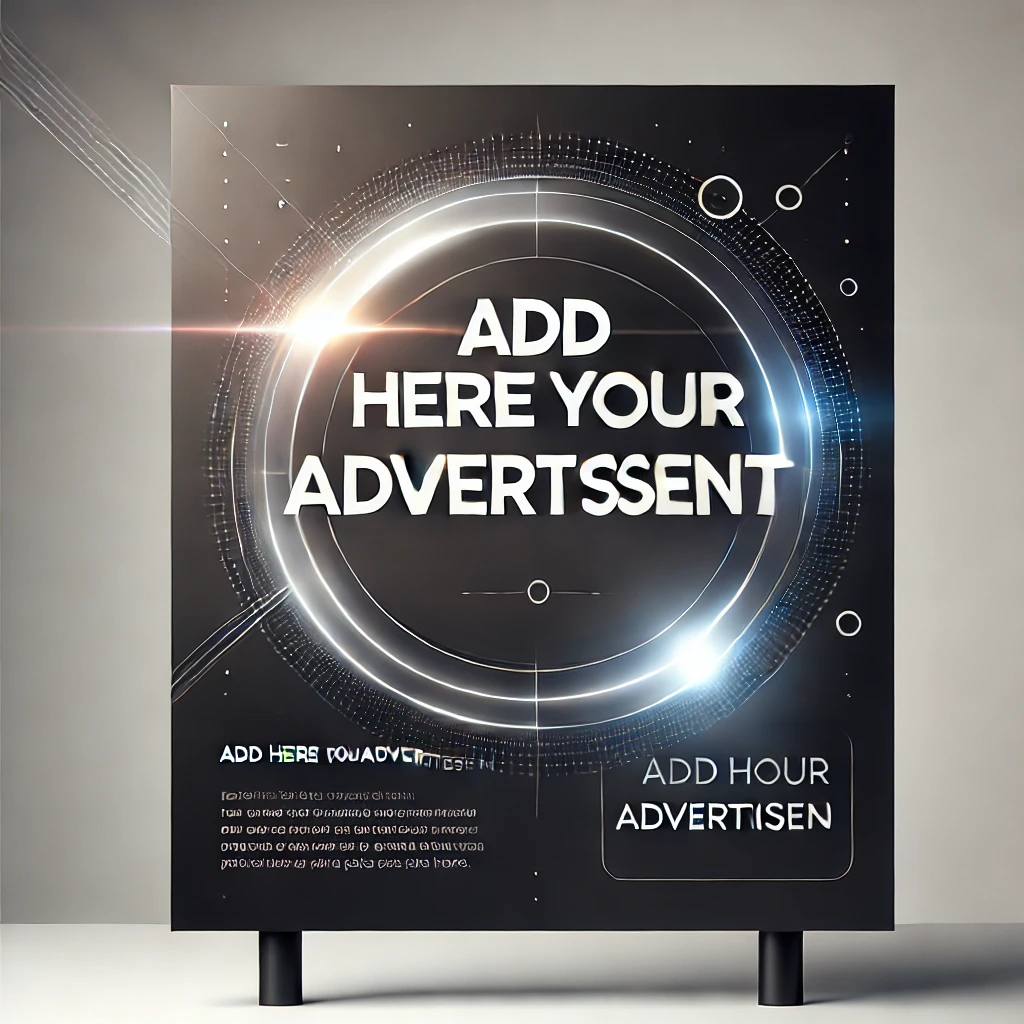Stress feels like the air we breathe—omnipresent, heavy, and inescapable. From the relentless ping of notifications to the weight of global uncertainties, modern life in 2025 is a pressure cooker. Economic instability, climate anxiety, and the blurring lines between work and home have left many of us frayed at the edges. Yet, amid this storm, stress-relief emerges as both a necessity and an art form, a quiet rebellion against chaos. In this deep exploration, we’ll unpack why stress-relief matters now more than ever, the techniques reshaping how we cope, and the broader questions it raises about our lives and society.

Why Stress-Relief Matters in 2025
Stress isn’t new, but its intensity in 2025 feels unprecedented. The numbers paint a stark picture: the American Psychological Association reports that 80% of adults experience chronic stress, up from 65% a decade ago. The culprits? A cocktail of inflation, hybrid work burnout, and a 24/7 news cycle amplified by platforms like X. Add in climate disasters—wildfires in Europe, floods in Asia—and a lingering post-pandemic fatigue, and it’s clear why our nervous systems are on edge.
But it’s not just external forces. In 2025, technology has rewired us. The average person checks their phone 150 times a day, each swipe a micro-dose of adrenaline. Social media, meant to connect, often isolates, fueling comparison and FOMO (fear of missing out). Meanwhile, AI-driven productivity tools push us to do more, faster, leaving little room for rest. Stress-relief isn’t a luxury—it’s survival, a way to reclaim our humanity in a world that demands we function like machines.
Culturally, too, there’s a shift. In 2025, mental health is destigmatized—conversations about anxiety and overwhelm flow freely on X and beyond. This openness has birthed a hunger for relief, a collective cry for tools to soothe the soul. Stress-relief isn’t just personal; it’s a societal lifeline.
Techniques for Stress-Relief: A 2025 Toolkit
The beauty of stress-relief lies in its variety—there’s no one path to calm. In 2025, old wisdom meets new innovation. Here are the techniques defining how we unwind.
1. Mindfulness and Meditation
Mindfulness remains a cornerstone. In 2025, meditation apps like Calm and Insight Timer have evolved, using AI to craft sessions based on your stress triggers (detected via wearables) or voice tone. Picture this: a 10-minute guided breathing exercise tailored to your racing heart rate after a tough meeting. Traditional practices thrive, too—Zen meditation circles pop up in urban parks, offering analog calm in a digital age. The science backs it: a 2024 Harvard study found daily mindfulness cuts stress by 30% over a month.
2. Physical Release: Movement as Medicine
The body holds stress like a sponge, and 2025 embraces movement to wring it out. Yoga flows, now streamed in VR with Himalayan vistas, stretch both muscle and mind. High-intensity interval training (HIIT) surges, with boutique gyms offering “rage workouts”—punching bags and primal screams to purge tension. Even walking, dubbed “stress strolling,” gains traction; X threads rave about 20-minute nature walks dropping cortisol like a stone. It’s simple: move, and the mind follows.
3. Sensory Soothers: ASMR and Beyond
Sensory relief is booming. ASMR—those whispered videos of tapping or brushing—has matured by 2025, with creators like WhisperingWillow offering 3D audio experiences that feel like a brain massage. Beyond ASMR, aromatherapy diffusers with lavender or eucalyptus sync to smart homes, while weighted blankets (now heated or cooled) cocoon us in comfort. It’s about tricking the senses into peace, a gentle override of fight-or-flight.
4. Creative Outlets: Art as Catharsis
In 2025, creativity is a stress-buster. Adult coloring books have given way to digital art apps where you paint with a stylus, watching colors bloom in real-time. Pottery classes surge, hands in clay grounding restless minds. Music, too—amateur ukulele strummers share clips on X, finding solace in simple chords. Studies show creative flow states lower stress hormones by 25%, making art a quiet healer.
5. Connection: The Human Anchor
Isolation breeds stress; connection dissolves it. In 2025, “stress circles”—small, in-person or virtual groups—let people vent and listen. Think book clubs, but for feelings. Pet therapy rises, too—dog cafes in cities like Tokyo and New York report packed houses, as stroking fur drops blood pressure. Even digital connection counts: a heartfelt X thread can spark a chain of support. We’re wired for each other, and 2025 proves it.
The Science of Stress-Relief: What’s Happening Inside
Stress-relief isn’t magic—it’s biology. In 2025, neuroscience offers clarity on why these techniques work.
- Cortisol Control: Chronic stress floods us with cortisol, taxing the adrenal glands. Meditation and movement dial it back, with a 2025 Oxford study showing yoga cuts cortisol by 15% in an hour.
- Vagus Nerve Activation: Deep breathing, ASMR, and even humming stimulate the vagus nerve, flipping the body into “rest and digest” mode. It’s like hitting a reset button.
- Neuroplasticity: Creative outlets and mindfulness rewire the brain, strengthening calm pathways over panic ones. A 2024 UCLA paper found 12 weeks of meditation boosts prefrontal cortex resilience.
- Oxytocin Boost: Human or pet connection releases oxytocin, the “love hormone,” countering stress’s edge. A quick hug—or a pup’s wagging tail—works wonders.
The caveat? Relief is personal. What soothes one (say, a loud workout) might spike another’s stress. In 2025, trial and error is key.
The Bigger Picture: Stress-Relief as a Mirror
Stress-relief in 2025 isn’t just about coping—it’s a lens on our world.
The Upside
It’s empowering. People in 2025 aren’t passive victims—they’re active seekers of calm. X overflows with stories: “A 5-minute breathwork session saved my day,” or “Pottery pulled me out of a spiral.” Employers catch on, too—Google’s “Zen Breaks” (mandatory 15-minute unplug times) boost productivity 10%. Stress-relief is mainstream, a badge of self-care.
The Risks
But there’s a shadow. In 2025, some lean too hard on quick fixes—popping a VR headset instead of facing root causes like overwork or loneliness. It’s “stress Band-Aids,” not solutions, critics say. And access isn’t equal: VR yoga or therapy pets cost money, leaving low-income folks reliant on free X threads or patchy public resources. Stress-relief can highlight inequity as much as soothe it.
The Societal Shift
Zoom out, and 2025’s stress-relief obsession asks: Why are we so stressed? It’s a symptom of systems—capitalism’s grind, tech’s grip, climate’s toll—pushing us past breaking points. Relief helps, but it’s not the cure. Activists on X argue for structural change: shorter workweeks, greener cities. Stress-relief, then, is both a balm and a wake-up call.
How to Build Your Stress-Relief Practice
Ready to find your calm in 2025? Here’s a roadmap:
- Start Small: Try 5 minutes of deep breathing or a quick sketch. Small wins build habits.
- Mix It Up: Blend techniques—walk one day, meditate the next. Variety keeps it fresh.
- Tune In: Notice what works. Love the hush of ASMR but hate HIIT? Lean into your vibe.
- Unplug Sometimes: Digital tools rock, but a screen-free sunset beats any app.
- Reach Out: Share a stress tip on X or join a circle. Connection amplifies relief.
Conclusion: Stress-Relief as a Lifeline
In 2025, stress-relief is more than a buzzword—it’s a lifeline, a thread of hope in a tangled world. Whether it’s a whispered ASMR clip, a sweaty sprint, or a friend’s laugh, it’s about reclaiming peace, one breath at a time. The science says it works, the stories say it heals, and the questions it raises push us to dream bigger—not just for less stress, but for a life that doesn’t demand so much of it.
What’s your stress-relief go-to? In this wild year, how do you find your calm? The storm’s here—but so are the tools to weather it.
